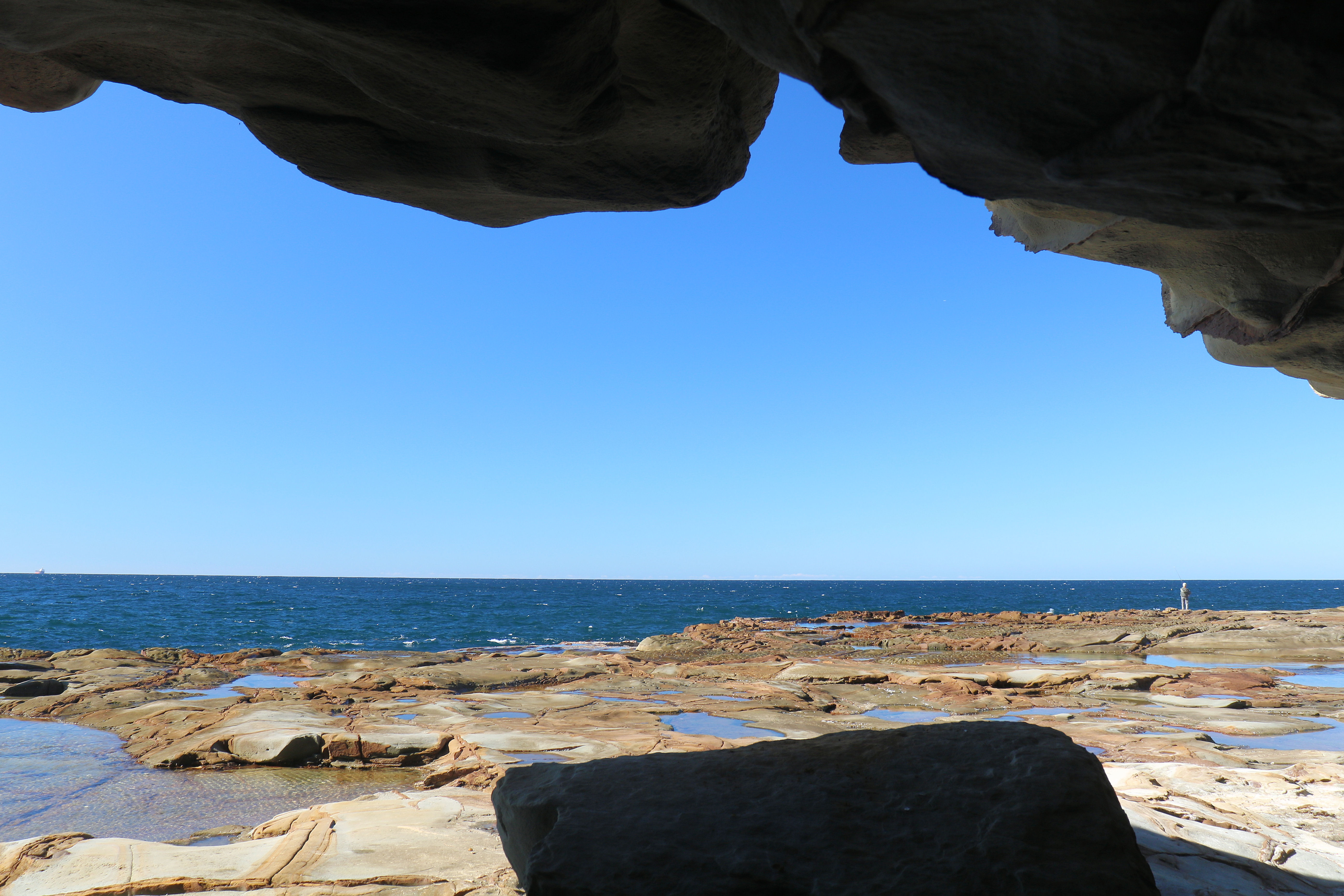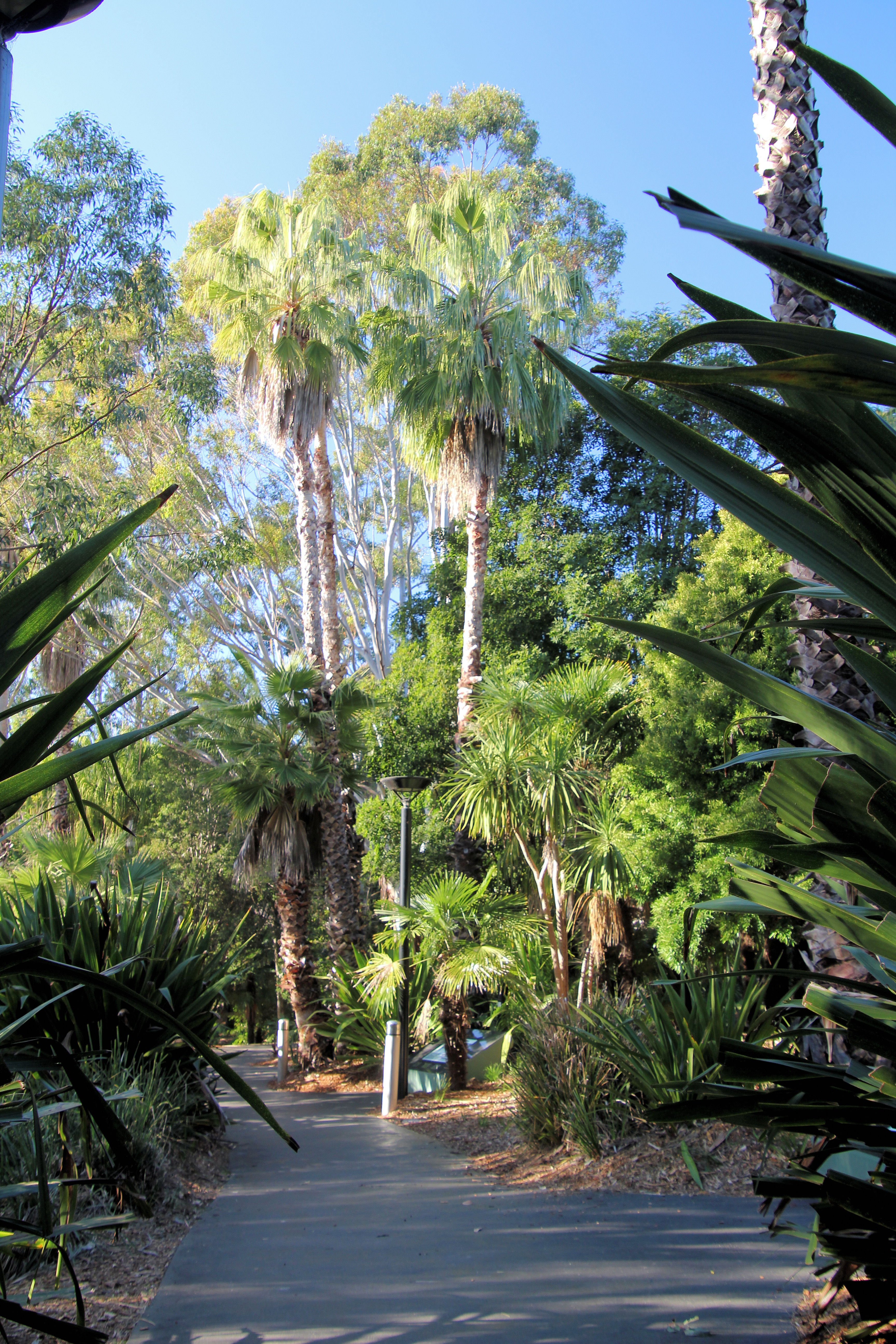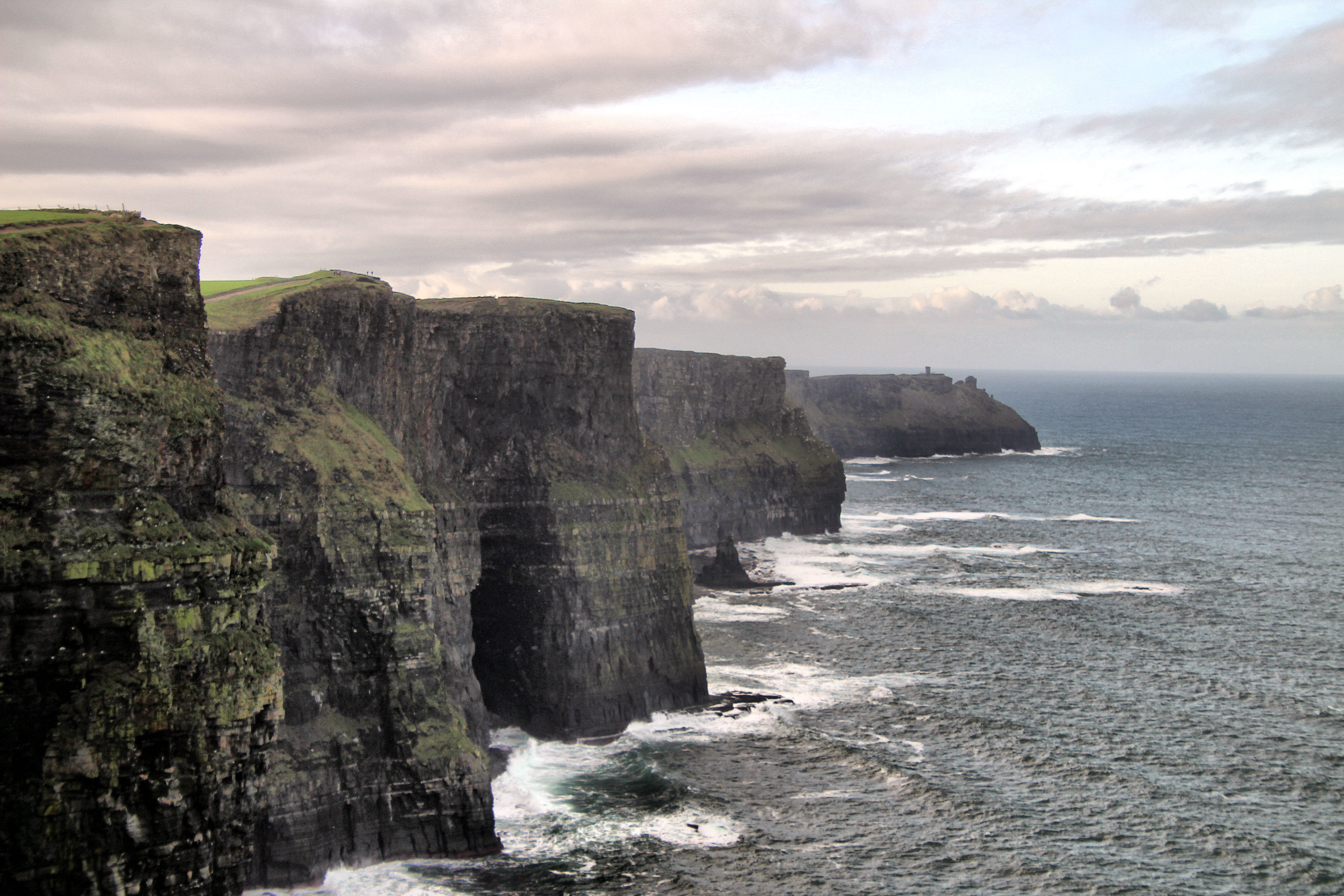Our news
-

Avoca Beach and Rock Platform
Avoca Beach and Rock Platform Getting There Located on the Central Coast north of Sydney, Avoca Beach is a pristine sandy beach with a lifeguard tower. We found plenty of space in the car park when we visited but during school holidays and weekends parking might be an issue. Change rooms and toilets at the…
-

Kokoda Track Memorial Walk Rhodes
Kokoda Track Memorial Walk Rhodes Set in lovely gardens on the banks of the Parramatta River, the Kokoda Track Memorial Walk is a great tribute to this important part of the defence of Australia in World War 2. With ample parking and Rhodes Station under a 10 minute walk away it is very easy to…
-

Driving Tour of Ireland The Emerald Isle
How did We Get There? Our eight-day driving tour of Ireland was the first stage of a 35 day trip to Europe and was a amazing place to start. We flew into Ireland from Sydney with British Airways, via Singapore and London making it a long tiring trip, The arrival time was 7:30 am so…